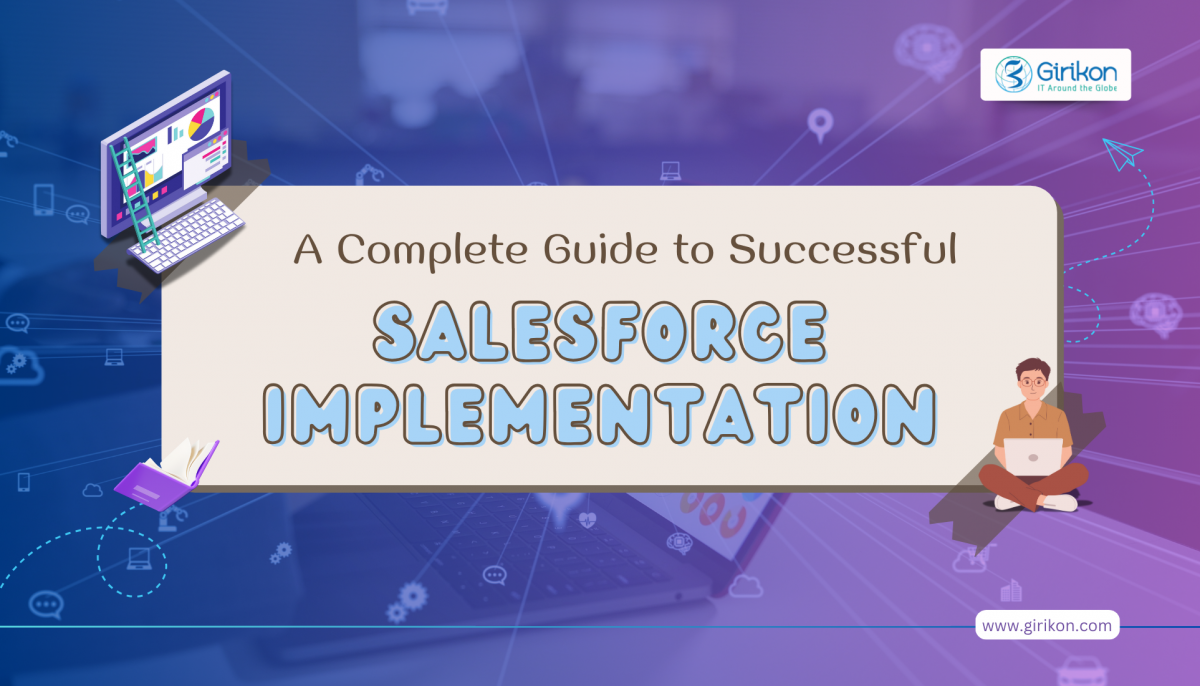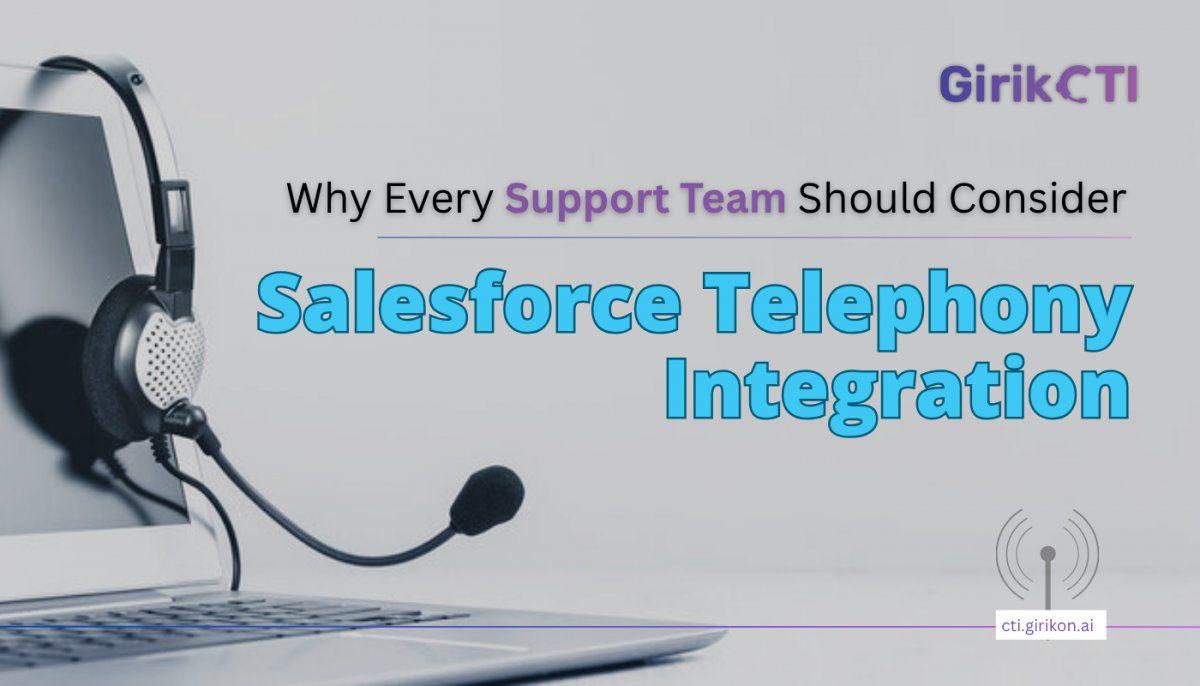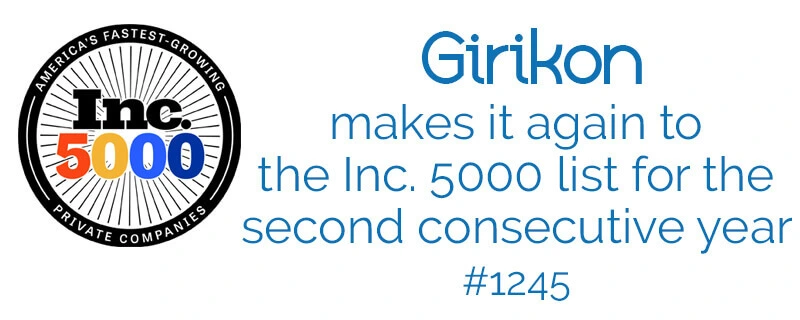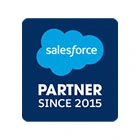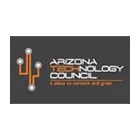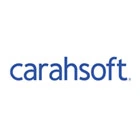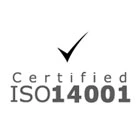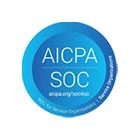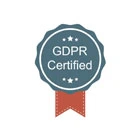Our Blogs
To sustain in today’s digital era, organizations need to indulge in the development of robust and indigenous applications that can help them in making their business super productive while serving their customers in the best possible way. However, redressing business-critical issues expeditiously using normal CRM applications isn’t possible and thus requires the development of cloud-based CRM applications. Since, software development isn’t a simple task; it becomes all the more challenging to develop, test and deploy a cloud-based system such as Salesforce on a cloud environment.
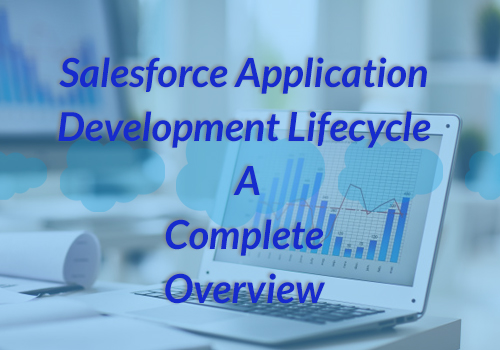
To understand a typical Salesforce development lifecycle, it’s important to seek Salesforce support and know about the various actors involved in the process. Some of the most common ones include the following:
- Product Manager: One who is responsible for coordinating and finalizing the business requirements.
- Release Manager: One who coordinates the release schedule with the client and the development team.
- Developer:One who does the main coding, and produces deliverables.
- Quality Analyst: One who tests and confirms various features.
- Trainer:One who provides training.
Listed below are steps that are involved in the Salesforce Development Lifecycle:
Discovery Phase: It is the first and fundamental phase that contributes to the successful execution of Salesforce implementation. During this phase, the groundwork for the Salesforce Implementation is done and all the crucial information required for the implementation is gathered, reviewed, and deliberated. During the discovery phase the following factors are examined:
- The goal and objectives of the business and the project at hand is analyzed
- Gaps, risks, and critical requirements are identified.
- Analysing the existing systems that require CRM integration
- Get a detailed overview of the scope of the deployment
- Understand the reporting requirements etc.
Source Control Set-up: In this step, the release manager sets up the source control repository. It’s always beneficial to have a separate Git repository for each project while the default branch can act as the master branch where production metadata can be stored. Post this; different branches are created for different features by the release manager, which will be used by different developers. The release manager also creates the package.xml manifest and uses the same to populate the master branch with metadata and uses Force.com for data migration.
Development Phase: Developers create their sandboxes that usually have a copy of the main production app and all the related Salesforce configuration information. The developers start developing within their sandboxes and use Force.com to connect with their sandboxes and recover metadata from the sandbox to the IDE. After doing necessary coding and initial unit testing, developers obligate the code to the Git repository.
For the next steps of development, the freshly committed code can be migrated to the Sandboxes while they carry on with further development. The latest development should be committed to the repository. However, if more people are working on the same code then they should check for conflicts before committing the code to the repository.
Testing: Once the development is completed, it is followed by testing. Just like the developers, QA’s or testers migrate the code from the repository to their sandbox environment for testing. Testers use partial copy sandboxes when they are assigned the task of testing a specific feature. QA’s require sharing their sandbox environment if they are required to do more thorough testing of crucial features, which largely depends on the workflow pattern of the organization. However, changes recommended at this stage will take it back to the initial development phase.
Acceptance Testing: After the aforementioned level of testing is accomplished, another level of testing i.e. user acceptance testing is conducted wherein apart from testers and QA’s product managers, developers, and other users perform the final testing. Partial sandboxes are being created by the release managers for testing, which are then used by the product managers for carrying out ad-hoc testing followed by preparing a final presentation for the clients or the end-users. However, any changes suggested during this stage can take the entire process to the initial development phase to integrate the changes.
Product Release: The app that has undergone all the testing processes is tested for performance in an intermediate sandbox environment, which has all the data and configurations of the production environment. Since, this sandbox isn’t partial; it has all the features of the app. After the final performance and regression testing is performed by the QA team, the app has to pass all service level agreements. Post this; the app is ready to be deployed in the production environment.
Patch Releases: Even after the deployment of the app, some of the other requirements for bug fixes, tweaking of a feature, or a minute change may pop up and are taken care of during the patch releases. The patch release cycle has a cycle of its own but has faster processes as compared to the app development lifecycle.
Quick Wrap-up:
So, if you are looking for robust apps that can help you streamline your business processes and increase business productivity then it’s important for you to partner with a certified Salesforce partner for Salesforce app development.

 +1-480-382-1320
+1-480-382-1320 +44-7428758945
+44-7428758945 +61-1300-332-888
+61-1300-332-888 +91 9811400594
+91 9811400594